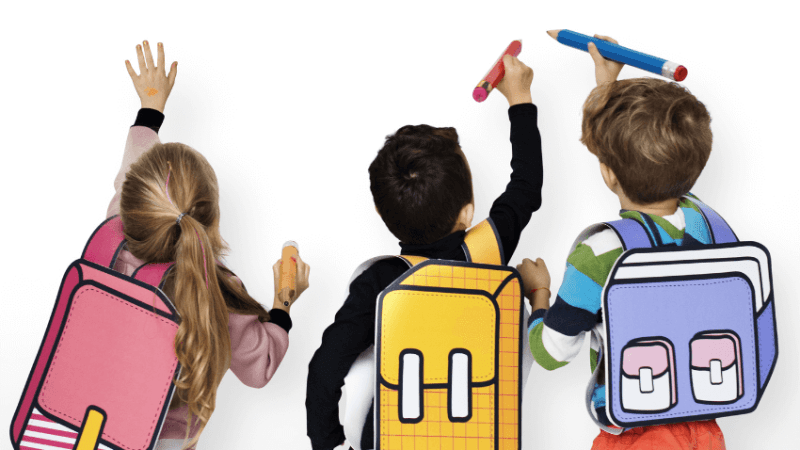Winter Mark Making: Rainbow-Coloured Snow And Unique Adventures In Play
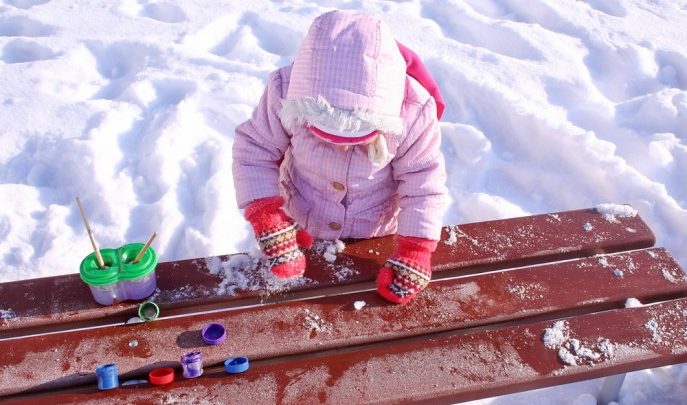
The cold weather is here but that’s no reason to stay indoors with pencils and paper, this is a fantastic time of year for outdoor activities

- by Fiona Bland
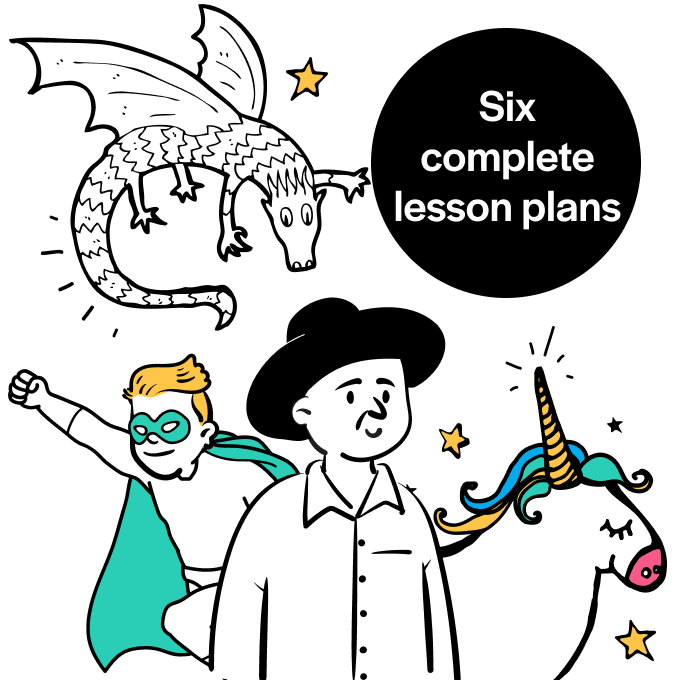
Being outdoors enables children to observe and appreciate the beautiful, breathtaking changes in nature.
It also supports physical development and facilitates unique adventures in play across all areas of learning. Here are some tips for making the most of cold-weather opportunities. Make sure children are wrapped up warm in hats, gloves and scarves for some wintry mark making.
1. Snow painting
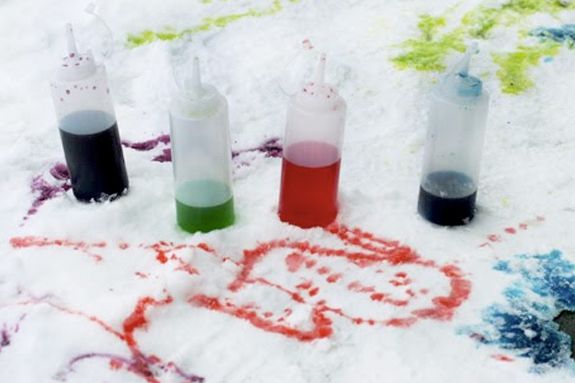 The weather forecasts are saying we will have lots of snow this winter which, fingers crossed, will be great for snow painting.
The weather forecasts are saying we will have lots of snow this winter which, fingers crossed, will be great for snow painting.
- You can use poster paints in squeezy tubes, pots or spray bottles to make patterns across the snow.
- Bring out powder paints and investigate what happens when the powder hits the snow.
- Best of all, once your space has been used up, children can bury their colourful marks with fresh snow and start again on a blank canvas.
2. Natural artistry
- Scour your outdoor area for natural paintbrushes – twigs, leaves, branches and winter flowers can be used to paint.
- Take photographs of the children’s mark making pictures and observe what happens to them as the snow melts.
3. Cold hands
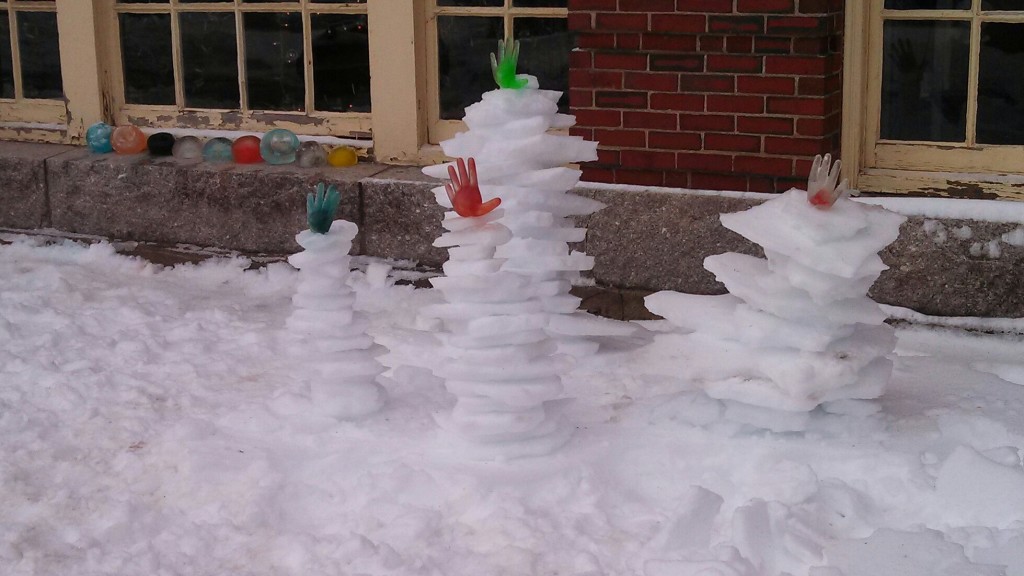 Frozen ice-sculptures are a great way to create a winter scavenger hunt.
Frozen ice-sculptures are a great way to create a winter scavenger hunt.
- Inside a number of washing-up gloves put a different letter of the alphabet, fill with water and then add some food dye for a burst of colour. Tie each with an elastic band and leave to freeze overnight
- Once frozen, place your hand sculptures around your outdoor setting and ask the children to hunt for the different letters.
- You can differentiate the activity by providing visuals of all the letters you’ve hidden in the ice sculptures, so children can match them up.
- Provide clipboards with paper and pencils so children can write the letters they find, or even write clues about where each of the letters can be discovered.
- You can also leave another physical representation of each letter next to the sculptures so children can have a sensory exploration of the letter that’s inside the ice.
4 Frozen paints
 Frozen paints look like ice lollies, so most children get excited about using them (do explain that, of course, they’re not ice lollies).
Frozen paints look like ice lollies, so most children get excited about using them (do explain that, of course, they’re not ice lollies).
Trending
- Use an ice tray and fill it with different-coloured paints, you can even mix some to get multi-coloured ones.
- Cut some wooden lollipop sticks in half and put one inside each block. Pop the tray into the freezer and leave overnight.
- If it is freezing outdoors you could try leaving a tray outside so children can see how the paints have frozen.
- Pin large sheets of paper on walls outdoors for children to use their ice-paints on.
- With younger children use food colouring instead of paint – they won’t look as vibrant on the paper but they will still have lots of fun using them.
Fiona Bland is an Early Years Adviser for the National Day Nurseries Association (NDNA)
myNDNA
Are you a childcare practitioner? Have you signed up to myNDNA? Thousands of childcare workers have joined NDNA’s free, online community, myNDNA – and we are calling for member nurseries to carry on spreading the word. It’s easy to be a part of it – just go to ndna.org.uk/myndna and hit ‘Join NDNA’.
myNDNA was developed last year after nursery owners and managers told NDNA that they wanted more support for their teams. It features an activity of the week, mini guides, free online courses, factsheets and fortnightly email newsletters packed with great best-practice ideas from NDNA’s Early Years advisers.








